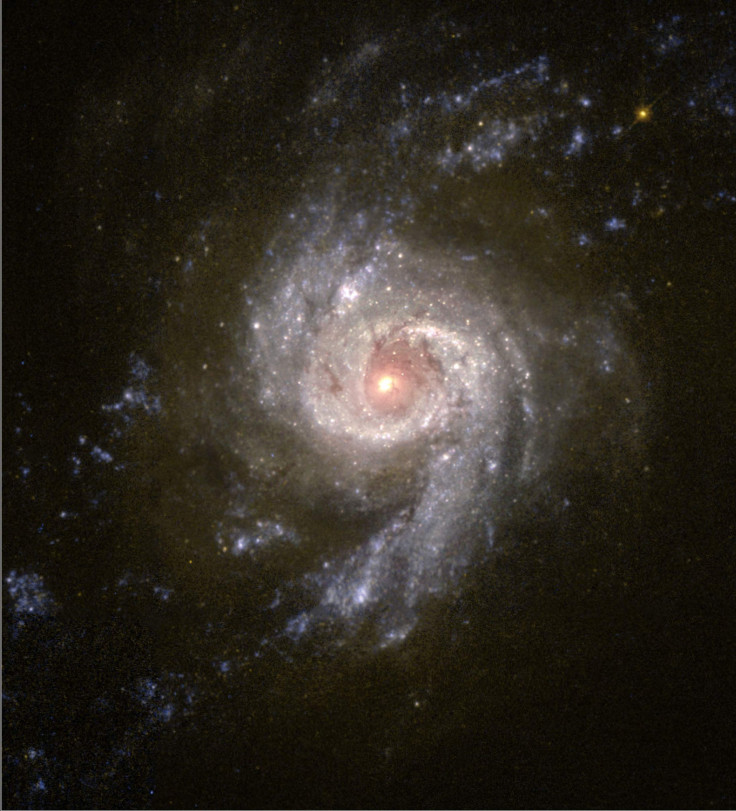NASA Hubble Snaps 'Cosmic Cinnamon Bun' In Andromeda Constellation [Photo]
KEY POINTS
- NASA shared an image of a cinnamon bun-shaped galaxy snapped by the Hubble telescope
- UGC 12588 is located 31 million light-years away in the constellation of Andromeda
- It is considered a spiral galaxy despite its peculiar shape
NASA has shared a stunning new image of a galaxy resembling a "cosmic cinnamon bun" that lies in the constellation of Andromeda in the Northern Hemisphere.
A galaxy called UGC 12588 has a peculiar yet enticing shape in a photo snapped by the NASA/ESA Hubble Space Telescope.
Astronomers revealed on the NASA website that unlike most spiral galaxies, UGC 12588 doesn't have a line of stars across its center. Neither does it boast the classic prominent spiral arm pattern usually seen in other galaxies in this category.
UGC 12588 instead is composed of a white and mostly unstructured center, making it more reminiscent of a cinnamon bun than a megastructure composed of gas and stars in space. It possesses huge arms of stars and gas which are very faint, undistinguished and tightly wound around its center.
"The clearest view of the spiral arms comes from the bluer stars sprinkled around the edges of the galaxy that highlight the regions where new star formation is most likely taking place," astronomers captioned the image posted Sunday.
UGC 12588, also known as IRAS 23223+4104 and LEDA 71368, is approximately 31 million light-years away from the Milky Way, Sci News reported. It is part of the Local Group, which comprises over 50 galaxies, including the Milky Way and Andromeda.
Spiral galaxies are twisted collections of stars and gas that often have beautiful shapes. These are also often composed of hot young stars.
The majority of the galaxies discovered by scientists are spiral galaxies, as opposed to the other two main categories of galaxy shapes — elliptical and irregular. According to Space.com, about 72% of all galaxies identified so far are spiral — including the Milky Way.
Approximately two-thirds of spiral galaxies also contain a bar structure through their center, as does the Milky Way.
Spiral galaxies are believed to evolve into elliptical galaxies as the spirals get older. However, the question of the spiral arms' origin is still up to debate among scientists. One theory suggested that the arms could be the result of density waves traveling through the outer disk.

© Copyright IBTimes 2025. All rights reserved.





















